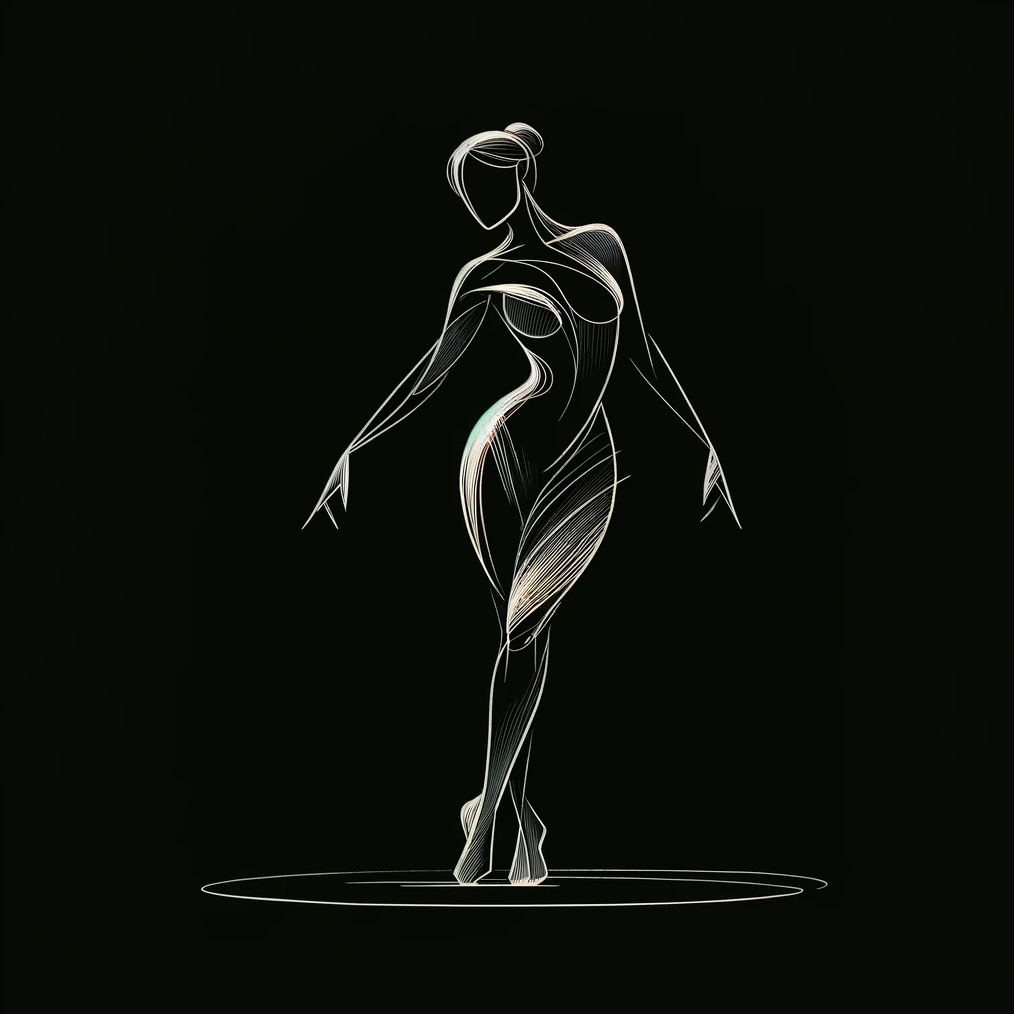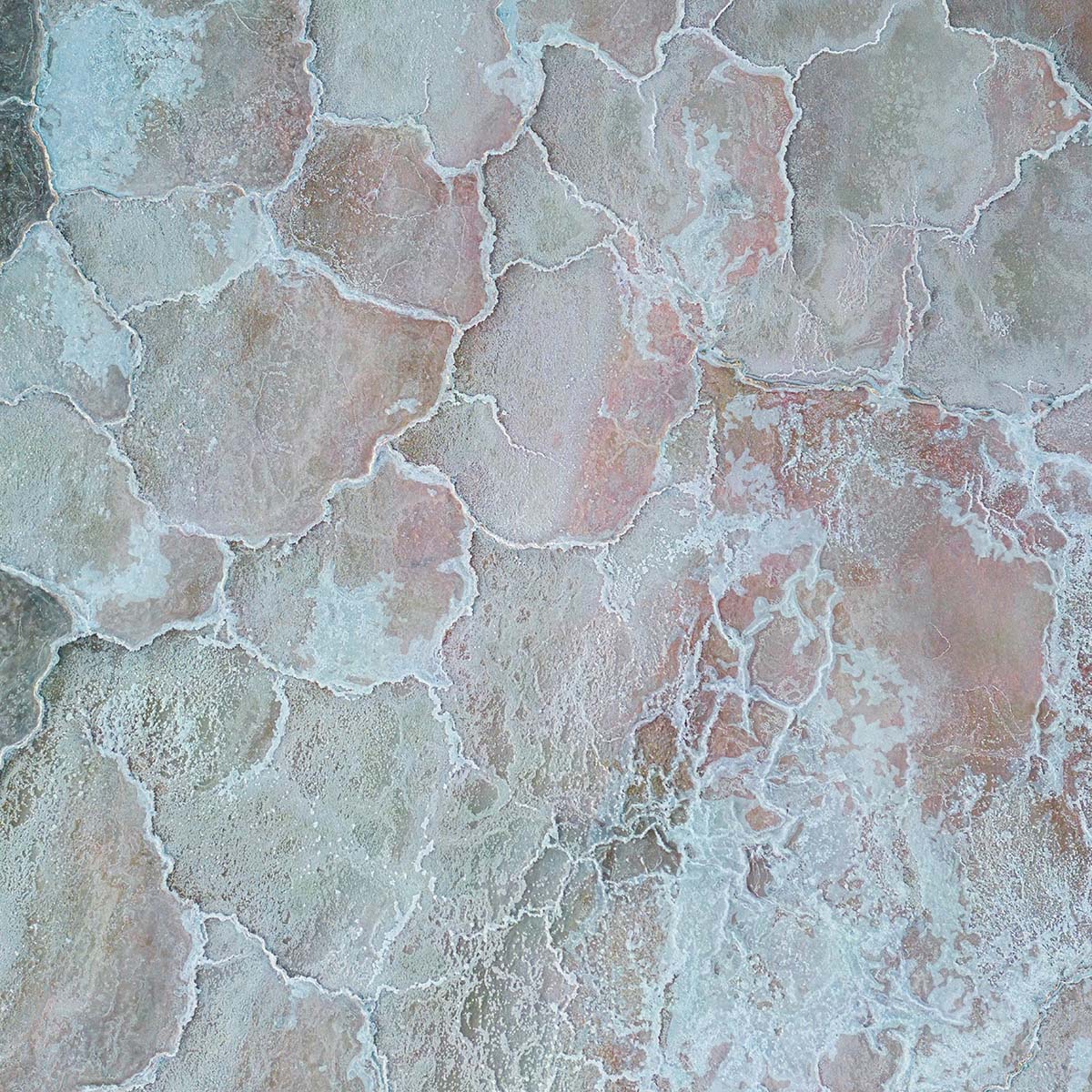Types of Conditioning in Human Design
In Human Design, conditioning is a crucial concept that refers to how external influences shape our behavior, decisions, and overall life path, often leading us away from our true nature and authentic selves. It’s based on the idea that each person has a unique design, a specific blueprint that determines their energies and potential. Conditioning can mask this design, influencing individuals to act in ways that don’t align with their intrinsic makeup. Let’s dive into the main types of conditioning in Human Design:
- Open Centers Conditioning: In Human Design, your chart consists of nine centers that correspond to different aspects of your being, such as your mind, emotions, identity, and willpower. Each center can be defined (colored in) or undefined (white). Undefined centers are where you are most susceptible to conditioning because they are areas where you’re open to taking in and amplifying the energies of others. For example, if your Emotional Solar Plexus Center is open, you might be highly sensitive to other people’s emotions and mood swings, adopting them as your own.
- Authority Conditioning: Your authority in Human Design guides you in making decisions. Conditioning can occur when you rely on external validation or societal norms to make decisions instead of listening to your internal authority, whether it’s emotional, sacral, splenic, ego, self-projected, mental, or lunar.
- Profile Conditioning: Your profile in Human Design, represented by two numbers (like 1/3, 4/6), outlines your personality and life theme. Conditioning happens when you deny aspects of your profile due to societal expectations or personal insecurities, preventing you from embracing and living out the strengths and challenges of your profile.
- Type Conditioning: Each person belongs to one of the four energy types in Human Design—Manifestors, Generators (and Manifesting Generators), Projectors, and Reflectors. Each type has a unique strategy for navigating life. Conditioning can lead you to act against your natural strategy. For example, a Projector might exhaust themselves trying to keep up with the consistent energy output of Generators due to societal pressure to be constantly active and productive.
- Gate and Channel Conditioning: The gates and channels in your Human Design chart represent specific energies and themes in your life. You can be conditioned through these gates and channels, especially if they form a defined center that connects with someone else’s undefined or differently defined center. This can lead to adopting traits, habits, or beliefs that are not in alignment with your true self.
Recognizing and deconditioning these influences involves understanding your Human Design chart deeply and learning to trust your body’s wisdom and your unique strategy and authority. It’s a process of returning to your authentic self by shedding the layers of shoulds and musts imposed by external factors.
Deconditioning in Human Design
Deconditioning in Human Design is a journey back to your authentic self, shedding the layers of external influences that have shaped your decisions, behaviors, and perception of self. It’s about aligning more closely with your true nature as outlined by your Human Design chart. Here are steps and strategies to guide you through the deconditioning process:
- Study Your Human Design Chart: Begin with a deep dive into your own Human Design chart. Understand your Type, Strategy, Authority, Defined and Undefined Centers, Profile, Gates, and Channels. Recognizing where you are susceptible to conditioning, especially in your undefined centers, is the first step toward deconditioning.
- Embrace Your Strategy and Authority: Your Type’s Strategy and your inner Authority are key to making decisions aligned with your true self. Practice making decisions based on these two elements, rather than external pressures or the mind’s rationale. This could mean waiting for an emotional wave to pass, listening to your gut response, or waiting for an invitation, depending on your Type and Authority.
- Experiment and Observe: Approach deconditioning as an experiment. Notice when you feel pressured to act against your Strategy and Authority and choose to follow them instead. Observe the outcomes and how they make you feel. This experiential learning can reinforce the value of living according to your design.
- Reflect on Your Undefined Centers: Pay special attention to the areas of your chart that are open or undefined. These are your most vulnerable spots for conditioning. Reflect on how these areas have been influenced by others and society. For instance, if your Heart Center is undefined, you might notice a tendency to overcommit or prove your worth because that’s where you’ve felt pressure from external sources.
- Mindfulness and Meditation: Practices like mindfulness and meditation can help you become more aware of the moment-to-moment influences affecting your behavior and decisions. They can also help you distinguish between what’s truly you and what’s conditioned.
- Seek Support and Guidance: A Human Design guide or coach can offer personalized insights into your chart and conditioning, providing strategies for deconditioning that are tailored to you. Community support from others on the same journey can also be invaluable.
- Time and Patience: Deconditioning doesn’t happen overnight. It requires time, patience, and persistence. You may find layers of conditioning that take years to fully understand and release. Be kind to yourself throughout this process.
- Live Your Design: As you decondition, strive to live out your design. For Generators and Manifesting Generators, this means responding before initiating. For Projectors, it’s waiting for the invitation. Manifestors should inform others before taking action, and Reflectors need to wait a lunar cycle for major decisions. Embracing your natural rhythm can help peel away the layers of conditioning.
- Focus on Body Awareness: Since Human Design emphasizes the body’s wisdom over the mind’s, developing body awareness is crucial. This could be through yoga, martial arts, dance, or simply tuning into bodily sensations in daily life to guide your decisions.
- Journaling: Keeping a journal of your experiences, feelings, and observations can be a powerful tool in the deconditioning process. It helps in recognizing patterns, external influences, and the progress you’re making toward living according to your true design.
Deconditioning is a personal and often deeply transformative process. It’s about coming home to who you were meant to be, free from the shoulds and musts of external expectations.






